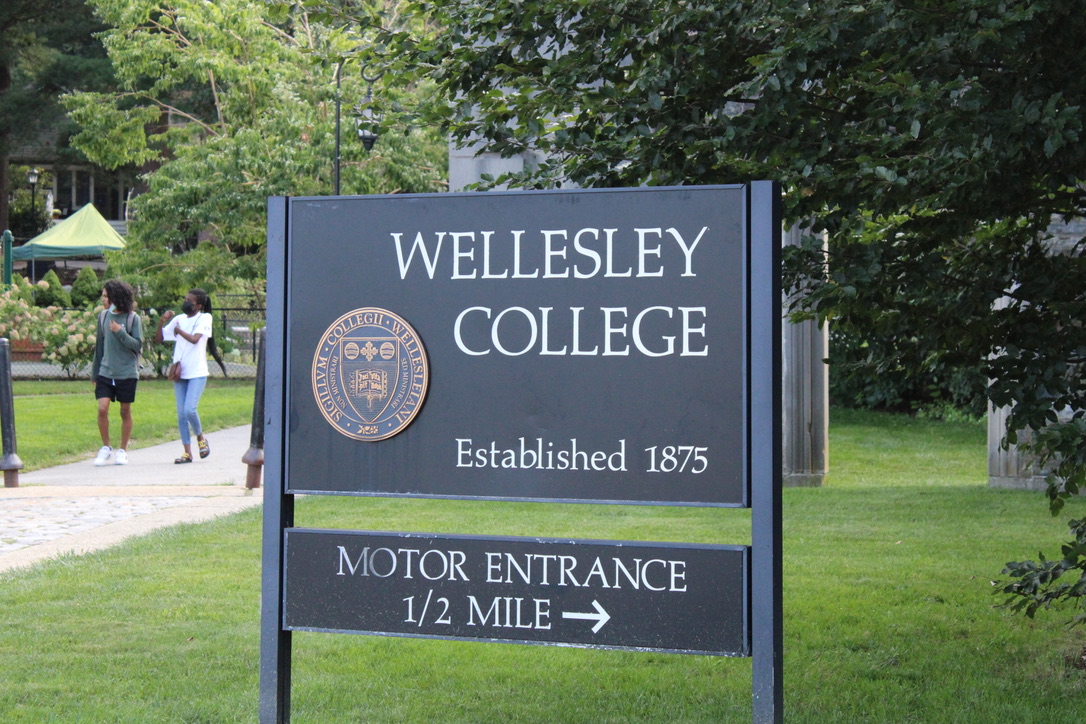By GRACE BENNETT-PIERRE ’16
Staff Writer

Assistant Photography Editor
Wellesley is one of 111 schools accused of violating the Higher Education Act by misleading students about the College Scholarship Service (CSS) Profile, a financial aid form provided by the College Board and used by many selective colleges and universities to assess student financial need. Until recently, Wellesley’s website did not make it clear that students do not have to submit a CSS Profile in addition to a Free Application for Federal Student Aid (FAFSA) in order to receive financial aid.
The CSS Profile is the property of the College Board, which administers the SAT and AP tests, and is used by Wellesley and many other private colleges to assess need for institutional aid. Unlike the FAFSA, which is free, the Profile costs $25 for the first school a student applies to and $16 for each additional school.
While Scott Juedes, director of Student Financial Services (SFS) at Wellesley College, acknowledged the fees associated with filling out the CSS Profile, he said that the College Board regularly increases the number of Profile fee waivers available for students. Wellesley offers fee waivers for students unable to pay for the Profile.
Juedes further stated that, although the accusing report was well-intended, it is in most students’ best interest to submit a CSS Profile along with a FAFSA, because the amount of grant funding provided by Wellesley far outstrips that provided by the federal government.
According to Juedes, last year Wellesley awarded approximately $54 million in grants to students, with only $2.4 million, or 4.5 percent, of that assistance coming from federal grant programs.
“My biggest concern…is that a student could just apply [for FAFSA], but if they are the neediest students, there’s only about $7,500 worth of grants a student could be awarded, and Wellesley would fill in the rest,” Juedes said.
Juedes added that, even for students eligible for the two federal grant programs, the Pell Grant and the Federal Supplemental Educational Opportunity Grant (FSEOG), the maximum amount of money that a student could receive would be far below the cost of attending Wellesley.
Pell grants are individually awarded to extremely disadvantaged students and the federal government gives colleges and universities lump sums of aid to distribute to students, with preference given to Pell Grant students. Students eligible for Pell Grants and FSEOGs must demonstrate financial need that exceeds the amount of money available through the two programs combined.
The U.S. Department of Education website reports that for the 2013-14 academic year students could receive a FSEOG of up to $4,000 annually and a Pell Grant of up to $5,645. Although Pell Grants and FSEOGs promise aid for up to twelve semesters of a student’s undergraduate education, federal grants are not sufficient to cover Wellesley’s $57,042 cost.
Given the federal government’s limited amount of grant money, federal financial aid in the form of grants is reserved for students most in need of financial assistance. As a result, many students applying for financial aid may only qualify for financial loans.
“For middle-income families, if you don’t qualify for a Pell Grant…the only thing they would get from the federal government would be a loan, whereas from Wellesley, they might qualify for tens of thousands of dollars in grant money,” Juedes said.
He explains that Wellesley chooses to use the CSS Profile because it provides a clearer picture of a student’s family’s ability to pay for Wellesley.
“The profile can take into account and Wellesley takes into account cost of living differences, where the FAFSA does not. We take into account the expenses a family may have for private primary or secondary education for other siblings and medical expenses. We also use tax tables that are updated more regularly than for the federal formula,” he said.
From a student’s perspective, the lack of clarity regarding the distinction between the CSS Profile and the FAFSA on the Wellesley SFS website may not be a problem. Kellen Kartub ’16 said that she found the distinction between the two aid forms to be quite clear.
“I think that students browsing the website wouldn’t come off with the impression that you have to fill out both forms,” she said.
Wellesley SFS has since changed the wording on their website to make the distinction between institutional and federal aid and the corresponding forms clearer. However, Juedes hopes that the controversy surrounding the CSS Profile and FAFSA forms will not discourage students from applying for institutional aid.
“A needy student cannot possibly get enough money from the feds to cover a Wellesley education, so that’s the kind of disconnect that I hope students don’t make,” Juedes said.





